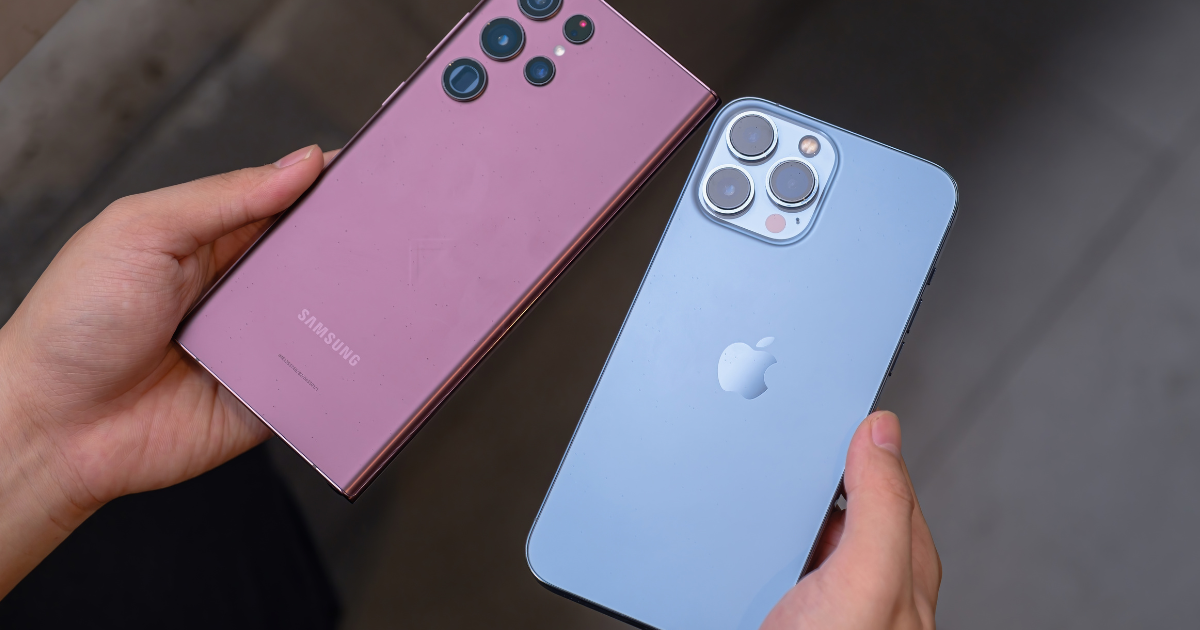Steve Jobs' musing about whether half the screen really should be sacrificed for occasionally used keys spelled the end of the physical keyboard.UNSPLASH
Not so long ago, Blackberry ruled the world of business telephony.
His secret was to incorporate a physical keyboard to the mobile phone, a logical adaptation of the personal computer to a smaller format.
There was no learning curve beyond getting used to a smaller size, and this solution seemed invincible.
Everything was going well until one day (specifically, on January 9, 2007) Steve Jobs raised something loaded with logic, but that no one had asked: Why sacrifice half of the screen for a keyboard that was used occasionally?
This reflection was the paradigm of current mobile telephony and, therefore, the end of the physical keyboard.
Blackberry was mortally wounded and it took her years to find out.
The new mobile, the iPhone, put an end to physical keyboards with something unimaginable in those days: hit the mobile screen to hit some keys represented there.
We are in 2022 and we naturally contemplate our elders executing this procedure, but do we know how to type quickly on the small screen of a mobile phone?
More information
How to use WhatsApp safely (and privately)
Machine learning at the service of the user
The mobile phone is still a sophisticated computer with a series of sensors, including the touch screen.
To make an almost absurd summary, the sensors on the screen collect the keystrokes at different points on the screen and convert them into characters (and words).
But this simplicity hides another reality: an algorithm converts these keystrokes, by approximation, into the characters and words that we most likely want to write.
That is, the system "guesses", by a simple matter of probabilities and automatic learning, which key and, consequently, which words come after a specific keystroke.
Elevate this information to a comprehensive understanding of individual user behavior to understand why we are able to type so fast on such a small keyboard.
Algorithm, 'ma non troppo'
Thus, it is not surprising to discover that the consequences of a long study carried out among 37,000 participants and carried out by the University of Cambridge give as a consequence a result that will surprise many: the way to write faster on a mobile phone consists of use both thumbs and, attentive to this, blindly trust the autocorrect.
That is, touching the keys by approximation and not looking at the result on the screen until you decide to send.
Now come the nuances.
The conclusion of this study confirms something that was already suspected: machines are more precise than humans in many aspects.
In the end, it is more efficient to blindly trust the algorithm and hit the screen "in bulk" than to write a word editing the possible error and see it well written on it.
Writing a message, the seconds are an eternity and here what it is about is to be fast;
in this sense, the studies are conclusive: valuable time is lost in checking (and accepting) the predictions.
As you know, modern keyboards use the aforementioned algorithm not only to deduce the key that the user most likely wants to press, but also to guess what word they want to type and what might come next.
Thus, if someone writes “before”, the system will not hesitate to offer a “from” and later a “what”, but make no mistake: studies show that it is better to ignore these siren songs.
In addition to the aforementioned study carried out by the prestigious British university, another carried out by the no less prestigious MIT (Massachusetts Institute of Technology) reaches the same conclusion: it is better to ignore the suggestions at the top of the keyboard for the reasons that we have explained before.
We return to the initial starting point: two thumbs and move forward without looking back.
How do you type quickly, then, on a mobile?
We wanted to consult the
Guinness Book
of Records to find out the writing speed and we have found an application that has won the award for several consecutive editions: Flekxy.
"We have held the world record for writing speed since 2015 and no one has taken it from us yet," explains Olivier Plante, founder of the company, to EL PAÍS.
"We exceed the average number of words per second to those that are written on a computer, although, yes, you have to be skillful with both thumbs."
What does this particular app have to achieve such fast write speeds?
Plante is clear about it: “it is thanks to the algorithm that we built”;
but there is more.
This app is based on gestures: swiping back twice deletes the previous word, and swiping forward twice introduces a space.
We've tested it, and while it requires learning about habits, it works if someone really puts their mind to it.
Gestures and surprise!: the use of the voice
We were talking about nuances: the two thumbs rule is always valid, but not always the best option, since each user is different.
Javier Lacort, editor of Xataka and
podcaster
, suggests a more viable and closer alternative for common users: the use of gestures.
“I recommend getting used to using strokes.
Most mobiles already have it included.
Typing by connecting letters without lifting your finger from the screen is quite fast, and when you get used to it, you gain speed.”
Lacort refers to what is known as
swipe
or slide your finger linking one word to another: to write "home", the finger must travel through the c, the a, the s and the a without losing contact with the screen at any time.
If temperance is kept in full swing in a WhatsApp conversation, the net writing speed is very fast, possibly faster than using both thumbs.
The best exponents in predictive keyboard based on gestures are SwiftKey, acquired by Microsoft, and GBoard, owned by Google;
both available on both Android and iOS.
Although gestures are actually present on most native keyboards, just try sliding your finger from one character to another to find out.
Thumbs, gestures, algorithms… Is this all?
No, there is a rabbit in the hat: the use of the voice.
“Dictation”, explains Lacort in reference to voice assistants, “when used properly saves a lot of writing time, especially if we get used to dictating for something that will be read, not heard”.
This expert is referring to pressing the small microphone button found on virtual keyboards that gives access to Siri or Google Assistant.
Basically, it consists of dictating the phrase to the mobile (to the keyboard, in this case) and seeing a written phrase in a matter of seconds.
There is nothing faster than this, but you have to prepare the ground: while typing, the brain thinks of the next word and there is a small margin;
when dictated, the sentence is followed and, if there are pauses, the system stops.
In short, you have to first think about what you want to write, and then proceed to dictation.
You can follow
EL PAÍS TECNOLOGÍA
on
and
or sign up here to receive our
weekly newsletter
.















